How does domestic carbon fiber seize the "car opportunity"
- Categories:Industry News
- Author:
- Origin:
- Time of issue:2021-06-30
- Views:
(Summary description)Because carbon fiber composite materials have the advantages of light weight, high specific strength, high design freedom, and strong integration, carbon fiber composite materials have gradually become the new favorite of automotive lightweight materials. At the 2014 Beijing Auto Show not long ago, carbon fiber became another protagonist besides various luxury cars. The Bugatti Black Bess Legend Limited Edition is made of all black carbon fiber, and the Koenigsegg One:1 sports car body is equipped with carbon fiber wheels.
How does domestic carbon fiber seize the "car opportunity"
(Summary description)Because carbon fiber composite materials have the advantages of light weight, high specific strength, high design freedom, and strong integration, carbon fiber composite materials have gradually become the new favorite of automotive lightweight materials. At the 2014 Beijing Auto Show not long ago, carbon fiber became another protagonist besides various luxury cars. The Bugatti Black Bess Legend Limited Edition is made of all black carbon fiber, and the Koenigsegg One:1 sports car body is equipped with carbon fiber wheels.
- Categories:Industry News
- Author:
- Origin:
- Time of issue:2021-06-30
- Views:
Because carbon fiber composite materials have the advantages of light weight, high specific strength, high design freedom, and strong integration, carbon fiber composite materials have gradually become the new favorite of automotive lightweight materials. At the 2014 Beijing Auto Show not long ago, carbon fiber became another protagonist besides various luxury cars. The Bugatti Black Bess Legend Limited Edition is made of all black carbon fiber, and the Koenigsegg One:1 sports car body is equipped with carbon fiber wheels.
Under normal circumstances, the body weight consumes about 70% of the fuel, Yongxue Reinforcement (www.hnjzjg.net/), the most professional reinforcement company. Therefore, the primary problem of reducing automobile fuel consumption is to reduce the weight of the automobile. The Carbon Fiber Manufacturing Association of Japan once conducted a test on the life cycle of carbon fiber. The car reinforced with carbon fiber reduces its own weight, which not only greatly improves the fuel application efficiency, but also indirectly reduces carbon dioxide emissions. The attention of the world. Focusing on "carbon fiber cars", car companies around the world have launched fierce battles, and international carbon fiber giants have also expanded their capabilities to seize this huge potential market.
Luo Yifeng, President of the China Association of New Materials Technology and Director of the National Special Synthetic Fiber Information Center, believes that the fastest growing demand for CFRP (carbon fiber reinforced composite materials) in the future will be the automotive industry, and consumption by 2020 is expected to be close to that of aerospace and military industries. Field (approximately 23,000 tons). However, due to the gap in their own strengths, my country's carbon fiber manufacturers seldom set foot in the automotive field, and only by leaping development can they seize the "automotive opportunity."
Demand for automotive carbon fiber is expected to surge
In recent years, the application of carbon fiber composite materials in automobiles has continued to expand. The Lexus LFA, a sports car launched by Toyota in 2010, has fully adopted CFRP to manufacture the body, which has become the focus of attention, but its price has also hit the highest price of 37.5 million yen among Japanese domestic cars. Afterwards, the BMW Group developed a variety of technologies to improve production efficiency and finally successfully applied CFRP to mass-produced vehicles.
BMW’s carbon fiber precursor supplier is Japan’s Mitsubishi Rayon. Since 2012, Mitsubishi Rayon has continued to expand the carbon fiber industry chain, acquired Japanese CFRP parts manufacturer Challenge, and many other companies, and plans to increase the equipment of the US factory after 2014, and increase the annual production capacity to about 10,000 tons. It will expand to 20,000 tons on the basis of the production volume, and will expand its supply to BMW as its main customer.
BMW also plans to invest more than 100 million euros in cooperation with automotive carbon fiber manufacturer SGL Carbon (SGL) to increase carbon fiber production from 3,000 tons to 6,000 tons per year to meet the growing market demand for BMW i-series electric vehicles, and at the same time It will be applied to the BMW 7-series cars that are expected to be launched at the end of next year.
Japan’s Toray Group invested nearly 70 billion yen in September last year to acquire Zoltek, the world’s third largest carbon fiber company, thereby becoming the world’s largest carbon fiber supplier and increasing its global share of products. To 30%. Japan's Teijin, the world's second-largest carbon fiber manufacturer, has cooperated with General Motors in the use of carbon fiber technology. It is expected to build a new plant in the United States in 2014 and supply carbon fiber to production vehicles.
Join forces to develop into the mainstream
Because of the increase in demand, the application in the automotive industry has become the focus of major carbon fiber manufacturers to step up research and development, and related carbon fiber composite material production technologies continue to obtain new breakthroughs.
Carbon fiber is made by "steaming and baking" carbonized fibers such as acrylic in an oxygen-free state. Yongxuejia (www.hnjzjg.net/), the most professional reinforcement company. The carbon fibers are arranged on a flat surface or woven into sheets, and then reinforced with resin to become CFRP. CFRP used in airplanes must be heated and pressurized in a special kettle to harden the components. Although extremely high strength can be obtained by doing so, it takes several hours to form and is costly. The CFRP used in the BMW i3 uses a new process that does not require pressure and heating-RTM (Resin Transfer Molding), that is, putting a preformed carbon fiber cloth into a mold, and injecting resin under high pressure to combine the fiber with the resin, which can be within 10 minutes forming.
In order to realize the lightweight and high strengthening of automobile wheels, Mitsubishi Rayon and the wheel manufacturer ENKEI jointly developed CFRP and aluminum alloy wheels. The CFRP compression molding time can be shortened to about 10 minutes. UCHIPA, a Japanese CFRP manufacturer, has introduced an automated CFRP production line, including thermosetting resin prepreg compression molding, thermoplastic resin RTM molding, and thermoplastic resin prepreg compression molding. There are 3 molding methods in total, and it has established research with Lamborghini in Nagoya University So, mass production of auto parts and unmanned helicopter blades.
Japan’s Toray, Toyota, and the University of Tokyo have joined forces to develop cars that fully adopt carbon fiber and advance research on processing technologies. It is estimated that by 2020, new energy vehicles with a weight reduction of 60% and higher safety will be fully put into practical application. .
At present, many automobile production plants directly cooperate with carbon fiber manufacturers to make usable parts and components. For example, Evonik has co-developed CFRP with Johnson Controls, Jacob Plastic and Teijin Toho Tenax; Dutch Royal TenCate has reached a long-term supply agreement with Toray; Toray and Daimler have reached a joint research and development agreement to develop CFRP components for Mercedes-Benz.
And China has also made achievements in this field. The “Research on the Forming Technology of Carbon Fiber Reinforced Thermoplastic Composite Structural Parts” jointly undertaken by the Ningbo Institute of Materials Technology and Engineering, the Institute of Chemistry and other units of the Chinese Academy of Sciences developed a complete set of equipment for rapid hot pressing of continuous carbon fiber composite materials with completely independent intellectual property rights Realize the automatic preparation of continuous carbon fiber composite automotive parts, with an efficiency of 56 pieces/day, and use APA6 and PCB tons of thermoplastic monomers to prepare large-size composite automotive floor panels through in-situ polymerization.
Only by leaping development can we seize the opportunity
After the governments of the United States, Europe, and Japan have formulated energy-saving and emission-reduction targets for automobiles in 2015 and 2020, my country has also proposed 2015 and 2020 in the "Energy-saving and New Energy Automobile Industry Development Plan (2012~2020)". The average fuel consumption of new cars by auto companies is 6.9L/Km and 5.0L/Km respectively. For this reason, the "2014 International Seminar on Automotive Lightweight and CFRP Technology Application" held in Shanghai on April 22 this year focused on how to accelerate the industrialization of CFRP vehicles in China, and plans to establish a "China Automotive Non-metallic Material Lightweight Strategy" alliance".
However, my country's carbon fiber production enterprises lag far behind Japanese and American companies in technology, and currently do not have the capacity to mass produce high modulus carbon fibers. China's carbon fiber composite materials are mainly used in middle and low-end markets such as sports and leisure and building reinforcement, and are rarely used in the automotive industry. Zhang Dingjin, chairman of the China Composites Corporation, said that although there are still many technical problems in the large-scale use of carbon fiber in the automotive industry, the application of carbon fiber in the automotive field has broad prospects. Continuously improving manufacturing technology, breaking through the technical barriers from raw materials to processing, and obtaining the best performance at the lowest cost is the goal of our efforts. To achieve breakthroughs in automotive applications, my country's carbon fiber manufacturers also need to focus on cooperation with resin suppliers, intermediate product manufacturers and equipment manufacturers.
Luo Yifeng said that new technologies and processes of carbon fiber are constantly emerging in the world, Yongxue Reinforcement (www.hnjzjg.net/), the most professional reinforcement company. And it is developing towards the trend of higher production efficiency, higher quality and higher performance, and lower cost. The emergence of super carbon fiber breaks the old concept that carbon fiber is a brittle material, and can be extended to bulletproof and other industrial fields; the emergence of relatively cheap carbon core-silicon carbide fiber (C-Si carbon fiber) will further expand carbon fiber in high-end and general In industrial applications, the emergence of new CFRP rapid prototyping curing agents can shorten the molding time of carbon fiber-reinforced thermosetting resins to less than 1 minute, thereby further expanding applications in cutting-edge fields and general industrial fields. my country should take the road of leapfrog development of carbon fiber and CFRP, and adopt reliable technology to surpass the best in the short term.
Scan the QR code to read on your phone
More information
WRITE A MESSAGE TO US
Products Recommended
ADD:Yujiakuang Industrial Park, Yangting Town, Huancui District, Weihai City, Shandong Province
TEL:+86-15216308777 +86-18663197733
E-MAIL:mark02696@126.com

all rights reserved © 2021 Weihai Yafeida Machinery Technology Co., Ltd. 鲁ICP备2021022273号



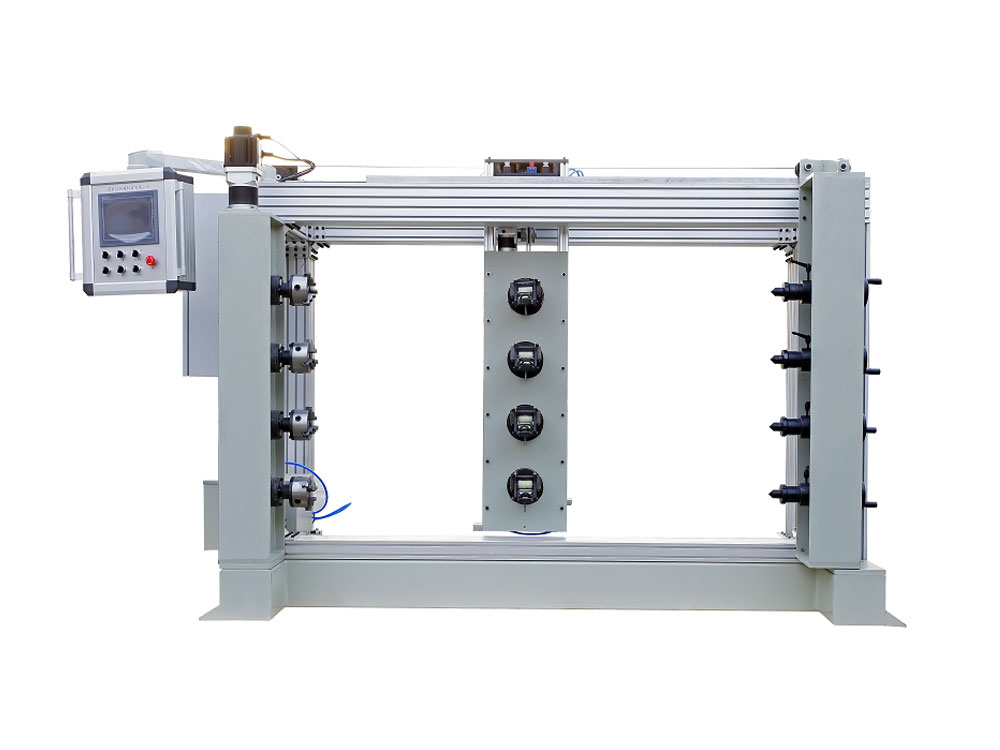
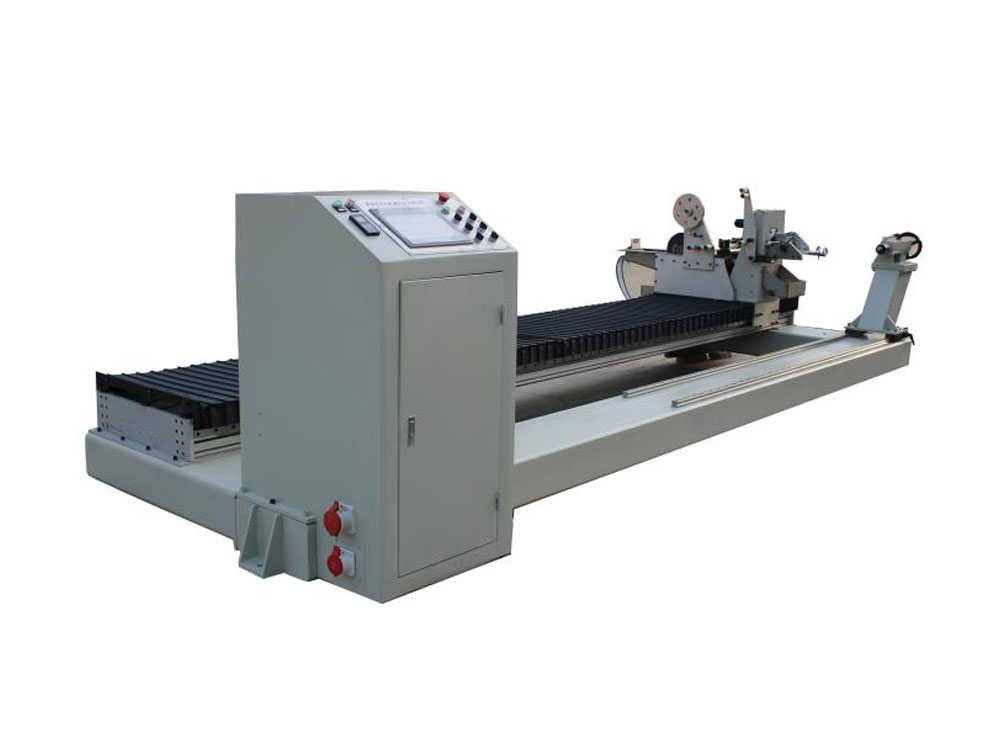
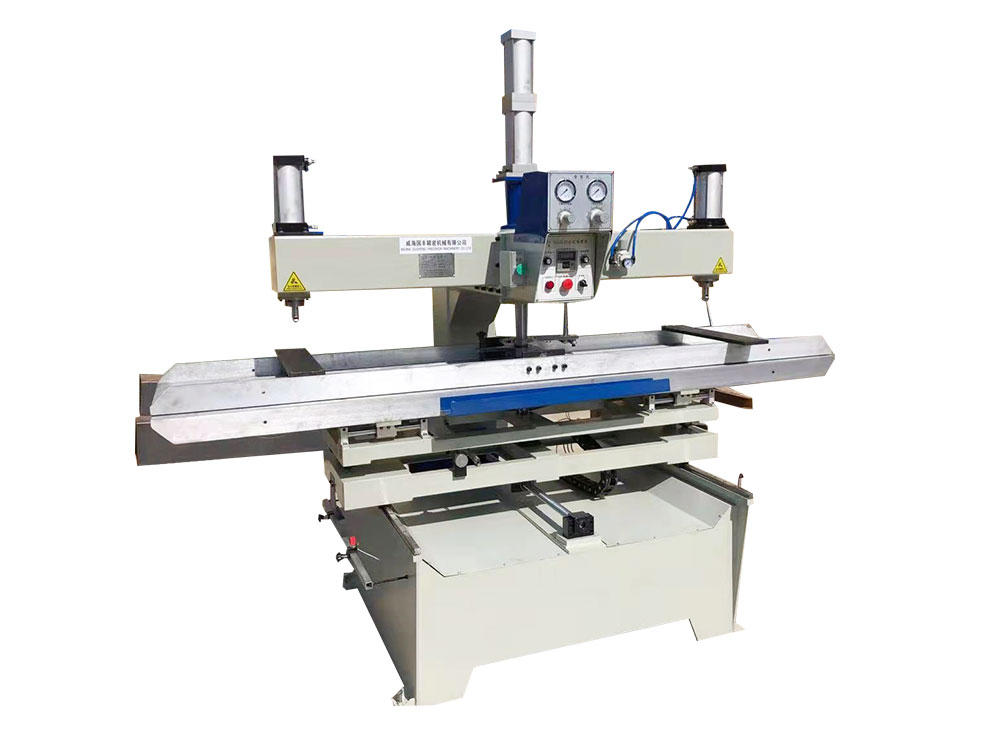
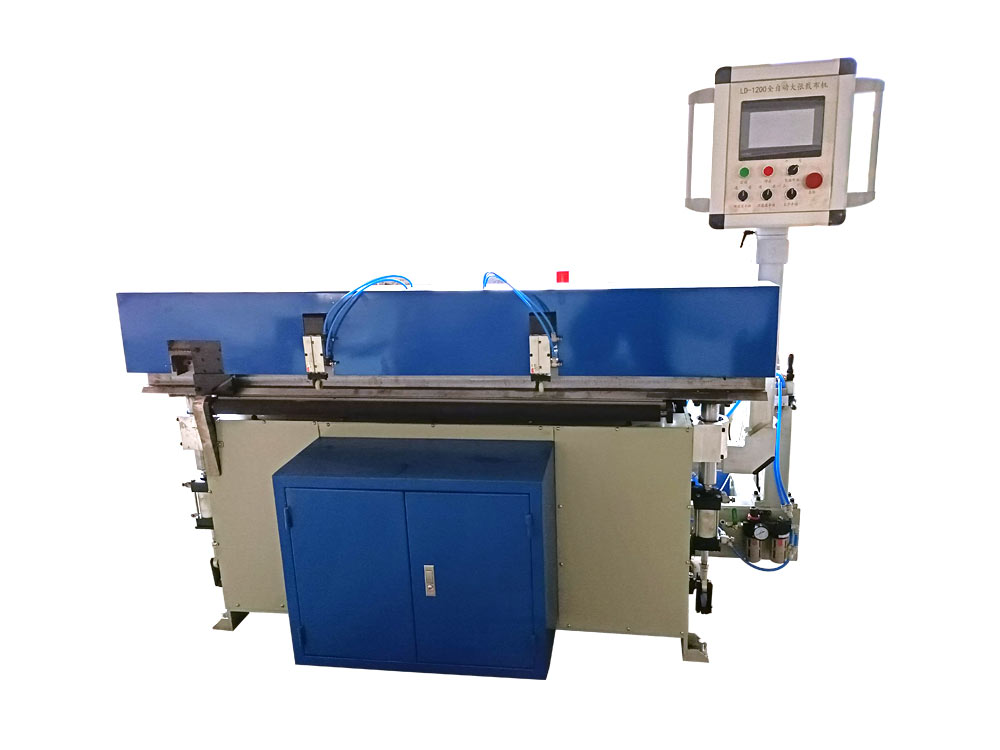
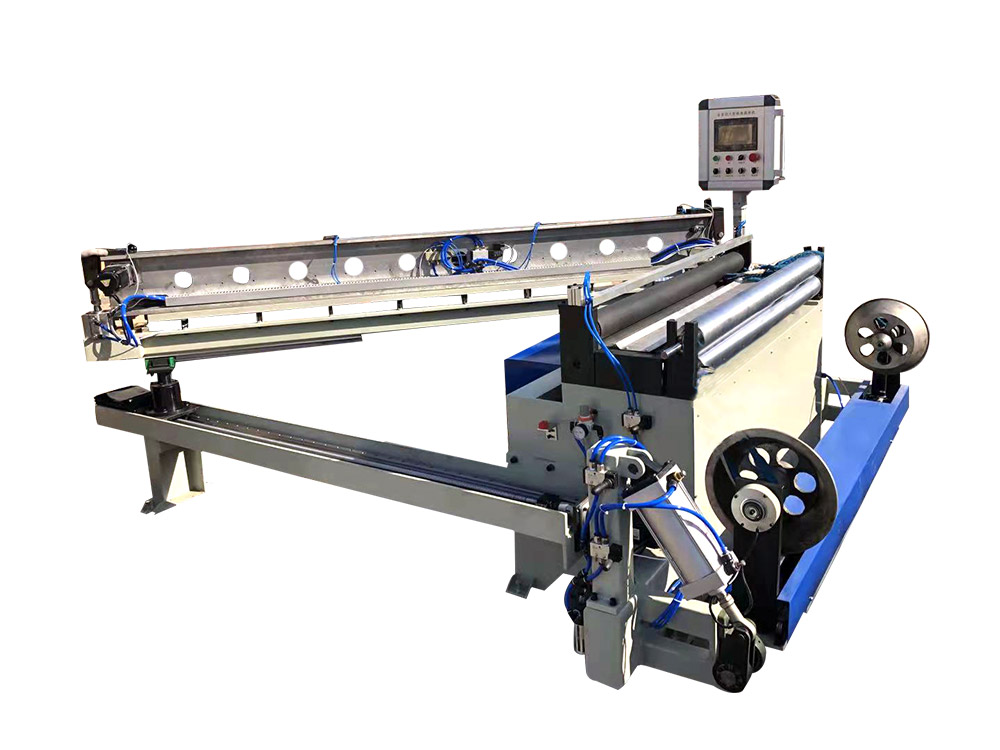

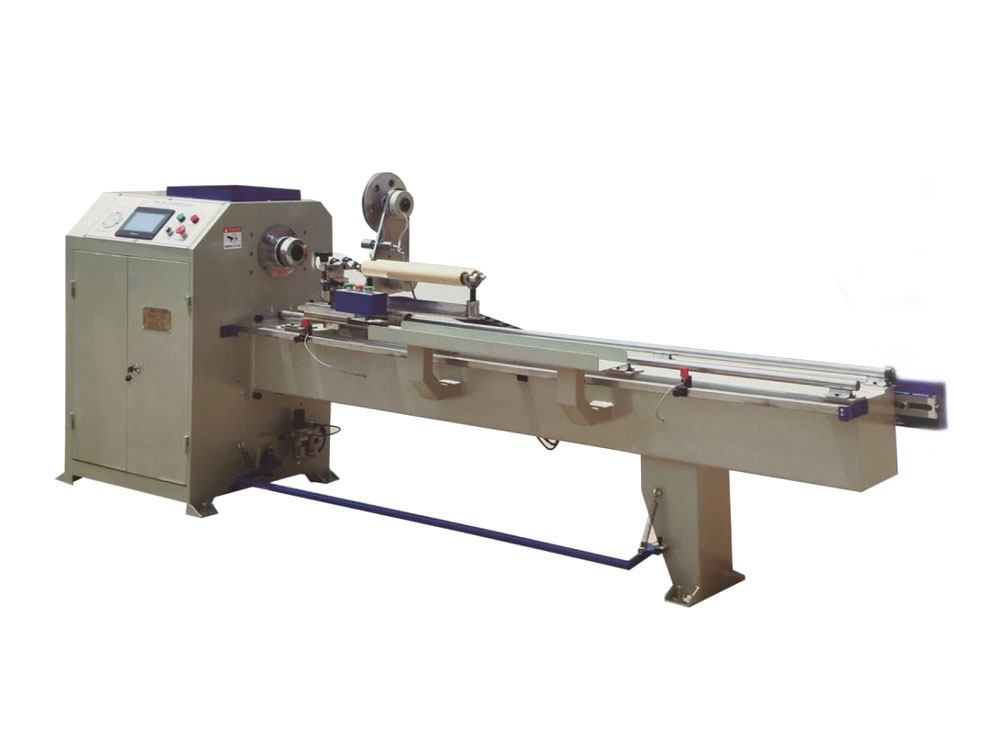

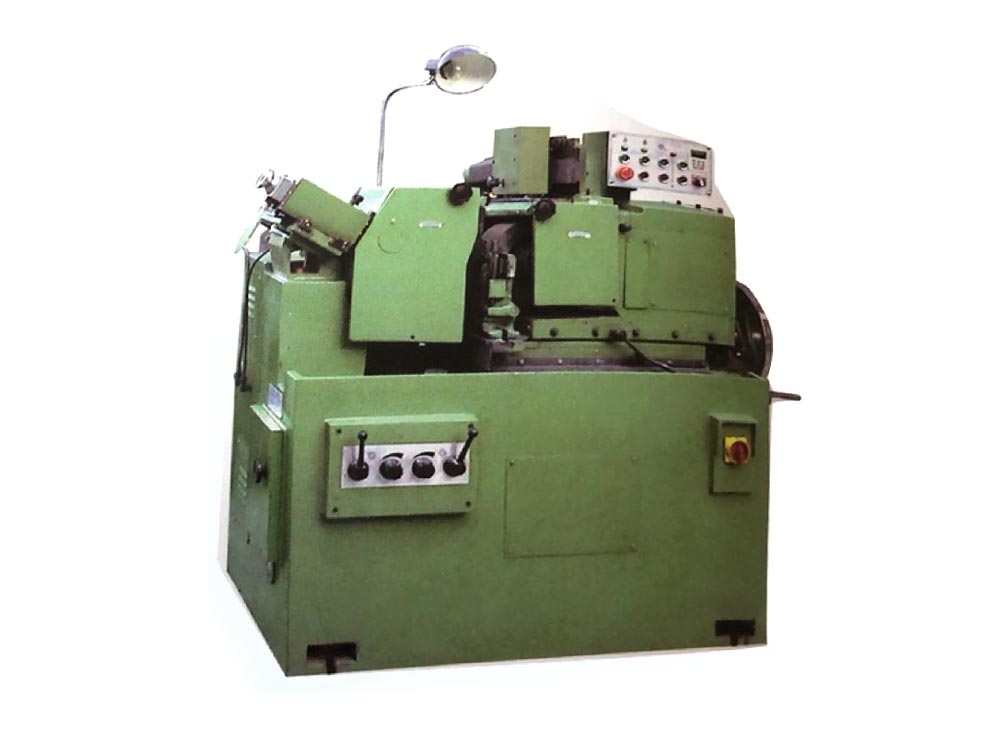
 +86-15216308777
+86-15216308777

 Message
Message 